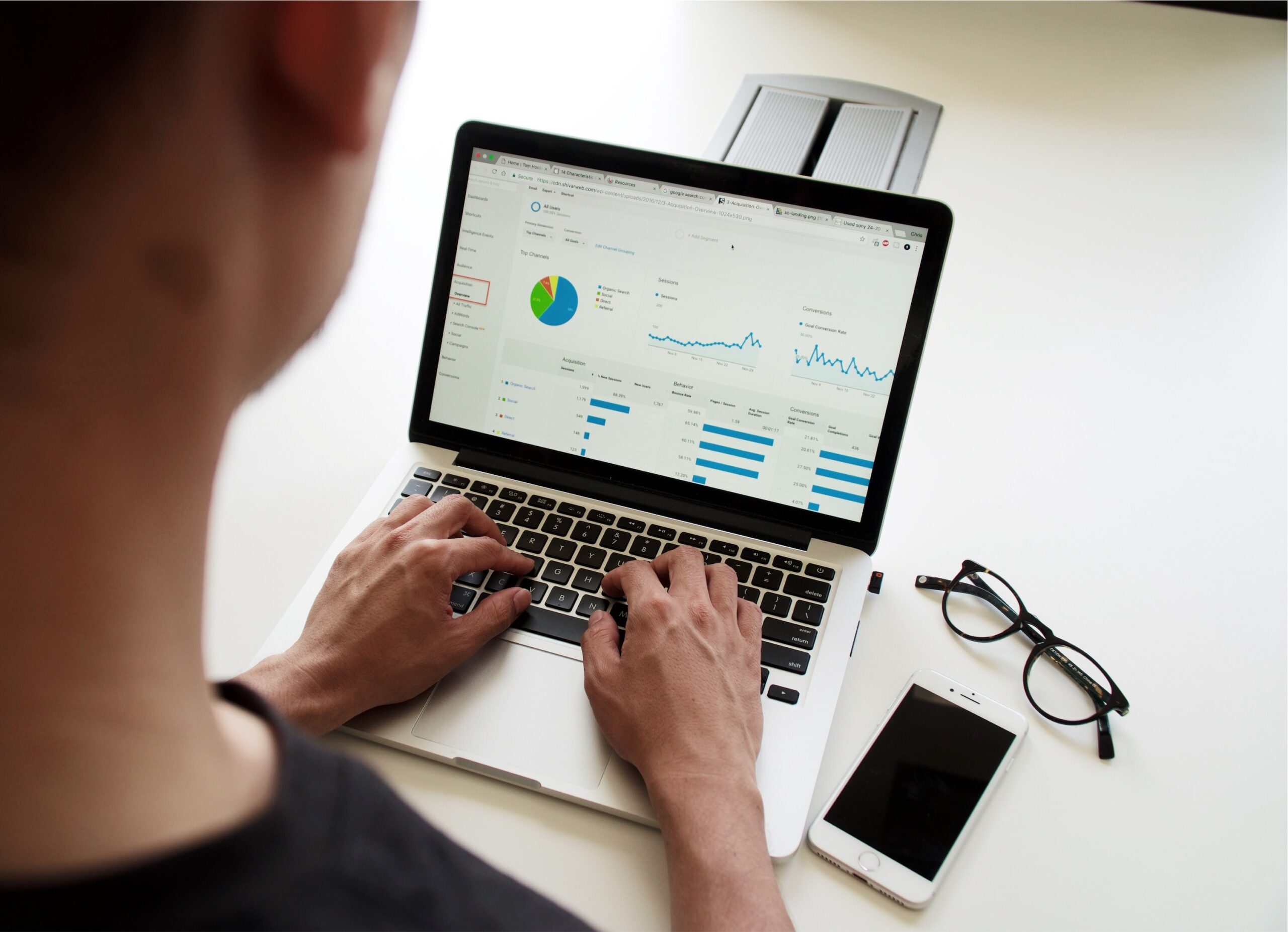In today’s digital age, spreadsheets have become an indispensable tool for businesses, professionals, and even individuals. Among the most popular spreadsheet software are Microsoft Excel and Google Sheets (GSheets). In this article, we will explore what Excel and GSheets are, why they are used, how they are used, and the relationship between the two. Additionally, we will provide real-life examples of how these powerful tools are utilized.
What is Excel?
Excel is a spreadsheet program developed by Microsoft. It is part of the Microsoft Office suite and is widely used for data analysis, organization, and manipulation. Excel offers a range of features and functions that allow users to create, format, and analyze data in a tabular format.
Why is Excel Used?
Excel is used for various purposes across industries and professions due to its versatility and functionality. Here are some common use cases:
- Data Analysis: Excel provides powerful tools for data analysis, including functions, formulas, and pivot tables, which allow users to perform complex calculations and generate insightful reports.
- Financial Management: Excel is widely used for budgeting, financial modeling, and tracking expenses. Its formulas and functions make it easy to perform calculations and create financial projections.
- Project Management: Excel can be used to create project timelines, track tasks, and manage resources. Its spreadsheet format allows for easy visualization and organization of project-related data.
- Inventory Management: Excel is commonly used for inventory tracking and management. It enables businesses to keep track of stock levels, monitor sales, and analyze inventory data.
How is Excel Used?
Excel offers a user-friendly interface that allows users to create and manipulate spreadsheets easily. Here are some key features and functionalities:
- Data Entry: Users can input data into cells, create headers, and format the spreadsheet to suit their needs.
- Formulas and Functions: Excel provides a wide range of built-in formulas and functions, such as SUM, AVERAGE, and VLOOKUP, which can be used to perform calculations and automate tasks.
- Formatting: Users can format cells, columns, and rows to enhance readability and presentation. Excel offers various formatting options, including font styles, colors, and borders.
- Charts and Graphs: Excel allows users to create visually appealing charts and graphs to represent data trends and patterns.
- Data Analysis: Excel’s data analysis tools, such as pivot tables and conditional formatting, enable users to analyze and interpret data efficiently.
What is GSheets?
GSheets, also known as Google Sheets, is a cloud-based spreadsheet software developed by Google. It offers similar functionalities to Excel but with the added advantage of collaboration and accessibility from any device with an internet connection.
Relation Between Excel and GSheets
Excel and GSheets share many similarities in terms of functionality and purpose. Both allow users to create and manipulate spreadsheets, perform calculations, and analyze data. However, there are a few key differences:
- Accessibility: GSheets is cloud-based, which means it can be accessed from any device with an internet connection. Excel, on the other hand, is typically installed on a local computer.
- Collaboration: GSheets excels in collaboration, allowing multiple users to work on the same spreadsheet simultaneously. Excel offers collaboration features but may require additional tools or services.
- Cost: Excel is a paid software, while GSheets is available for free as part of the Google Drive suite.
Real-life Examples of Spreadsheet Usage
Spreadsheets are used in various industries and professions. Here are some real-life examples:
- Financial Analysis: Financial analysts use spreadsheets to analyze financial data, create budgets, and forecast future trends.
- Sales Tracking: Sales teams use spreadsheets to track sales performance, monitor targets, and calculate commissions.
- Inventory Management: Retailers use spreadsheets to manage inventory levels, track product sales, and forecast demand.
- Project Planning: Project managers use spreadsheets to create project timelines, allocate resources, and track progress.
- Data Visualization: Researchers use spreadsheets to visualize and analyze data, creating charts and graphs to communicate findings.
In conclusion, Excel and GSheets are powerful spreadsheet tools that offer a wide range of functionalities for data analysis, organization, and manipulation. While Excel is a paid software with robust features, GSheets provides a free, cloud-based alternative that excels in collaboration and accessibility. Understanding the capabilities of these tools and their real-life applications can greatly enhance productivity and efficiency in various personal and professional scenarios.
